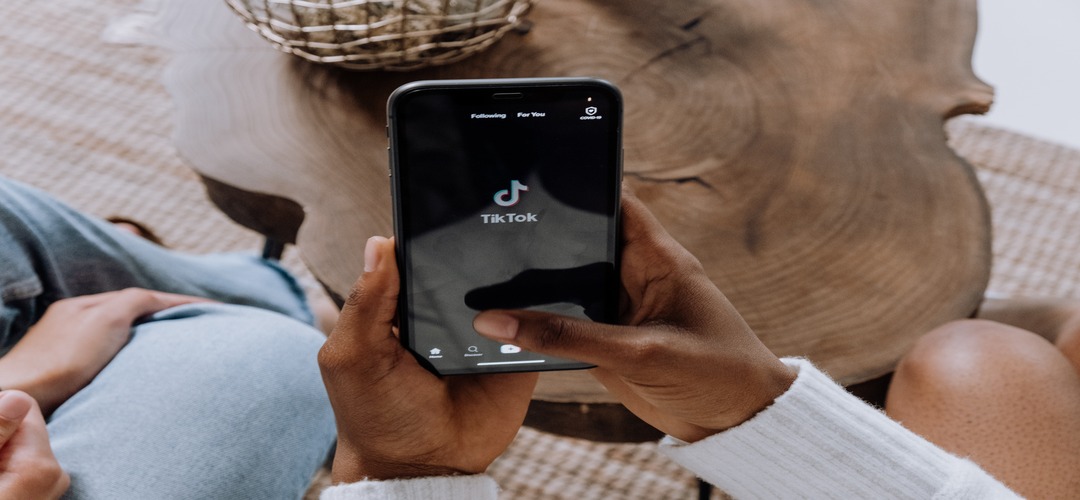41Views
Toxic TikTok trends that need to be done away with

It feels impossible at times to avoid any toxic TikTok trends on your FYP (for you page) that concern diet, weight gain, weight loss, body positivity, or straight-up body shaming.
TikTok users need to take the time to understand the implications of the trends they’re posting or commenting on, especially if these trends are toxic and can have a lasting impact on a viewer’s wellbeing.
Trigger Warning: Mention of eating disorders and calorie counting.
“Bodies that look like this”
A person with any body type can promote body positivity. However, individuals with beauty-standard features tend to drown out the voices of those who don’t meet these arbitrary standards.
One current trend that uses audio with the words, “bodies that look like this, also look like this,” reveals this pattern.
@marycjskinner 💗 #OurType#normalizenormalbodies#bodypositivity#bodyimage#bodyneutrality#bodyconfident#edrecovery#midsize#size6#size8#confident
♬ bodies that look like this also look like this – skinner 🌙
These TikToks consist of people, usually women, showing themselves in Insta-worthy poses, only to switch into positions that reveal their “imperfections,” like showing their stomach rolls when sitting. Some have found these TikToks encouraging.
However, there is a near-unanimous negative response whenever a thin person attempts this trend. User @queenavaagain participated by creating a TikTok of herself posing in a bikini. People responded with comments such as “I’m confused.
She looks the same before and after,” and, “this trend is not for you.” These comments emphasize how someone in a privileged position trying to act relatable is counterproductive—some might even say validation-seeking.
When using TikTok, it is necessary that we fully consider how a trend originated, who it is for, and how our participation or lack thereof can support a positive environment on social media.
@queenavaagain #bodiesthatlooklikethis #bodypositivity #swimseason #summer2021 #swimfit
♬ bodies that look like this also look like this – skinner 🌙
If you are on TikTok, chances are that you have heard of Sienna Mae Gomez. She became popular for her confidence and for aiming to promote body positivity.
But lately, she has gotten a lot of backlash. Some TikTok users claim she started using her platform for body positivity irresponsibly after she supposedly lost weight.
In one of her TikToks with the caption “bloating,” she shows her side profile before and after eating a meal. Many TikTok users were quick to point out that there was no real difference in her stomach size. User0187038840 commented, “U used to be more like relatable and now it just seems like u r trying to be the opposite?”
@siennamae bloating😁😁
♬ Exclamation mark – user1471355415026
Anyone can endorse body positivity. But perhaps there is a more sensitive way that people who meet the beauty standard can promote these causes. They should not drown out the voices of those who these trends are intended to support.
#WhatIEatInADay
#WhatIEatInADay has been a social media trend for a while now: what I eat in a day to lose weight fast, what I eat in a day as a model, what I eat in a day hungover, what I eat in a day during eating disorder recovery.
I’ve seen TikToks like these since quarantine last spring. Not all users list calories along with the foods they eat, but for those who do (usually to promote weight loss), some of these numbers are alarmingly low.
Some users include trigger warnings, but not everyone. Regardless, of this trend, there’s a delicate balance between promoting a healthy relationship with food and endangering this relationship.
For example, some people in eating disorder recovery post TikToks of themselves eating throughout the day. These users generally intend to help others going through similar experiences.
Brittani Lancaster posts #WhatIEatInADay regularly while in recovery from two eating disorders, and her supporters show their appreciation.
One user, @classiccancercrybaby, commented, “your content has genuinely been the most healing thing in terms of my reconnection with my own body and heart. thank you so deeply for all that you do.”
@brittanilancaster Happy Mother’s Day to all the beautiful mamas in the world!!
♬ love – imo 🙂
On the other hand, other toxic versions of #WhatIEatInADay can be triggering to those struggling with their body image.
We need to be cognizant of how to best support a body-positive environment. We need to think about how we can accommodate for those living with eating disorders or disordered eating—especially now.
As reported by the National Eating Disorders Association, they received “a spike of more than 70% in the number of calls and online chat inquiries” from 2019 to 2020. The pandemic has instigated a rise in the number of those seeking treatment for eating disorders.
Why has there been a hyper-focus on body image in TikTok trends since the pandemic began?
In “Anorexia in the Time of COVID,” Lalita Abhyankkar illuminates that “eating disorders are only partially about body dysmorphia and body image.
They often stem from an attempt to achieve control while in a state of anxiety and uncertainty.” With Abhyankkar’s explanation in mind, one can recognize how the pandemic—undoubtedly a time of “anxiety and uncertainty”—can act as a risk factor for those struggling with body image or eating disorders.
On top of exposure to toxic social media trends and the anxiety of living through a pandemic, many of us have had to work from home in isolation. We limited our grocery runs and over-stocked our kitchens.
And, some of us may have become concerned about our weight when “underweight” and “obese” were considered risks for COVID. All of these anxiety-inducing conditions have acted as risk factors for those susceptible to eating disorders or disordered eating.
How do we all help make TikTok trends less toxic?
The overlap between COVID and body image has manifested in TikTok. We have seen weight loss, diet, and body image trends recycle incessantly on our FYPs since March 2020.
It is our responsibility to stop participating in these toxic trends. You never know whose mental health and wellbeing you may be jeopardizing.



